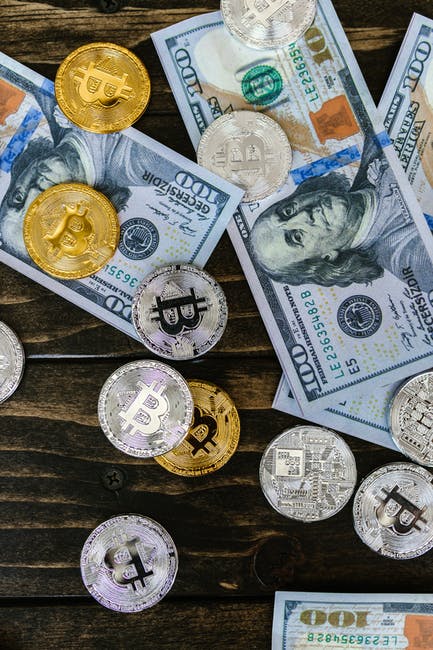
Money had undoubtedly come a long way from the days when humans exchanged services and goods through barter trade. The human ancestors traded commodities. However, this trade led to the creation of money, which has undergone several changes over the years. Initially, people used precious commodities like cocoa beans and wampum beads as money. After that, precious metals like gold became the new form of the exchange medium. Eventually, governments started minting money or currencies like the U.S dollar. But things have changed now, and people are embracing digital currencies like Bitcoin. However, this evolution hasn't been easy.
Before humans invented money, people bartered goods. That means they exchanged goods for goods. For instance, people could exchange a certain amount of grains with eggs. Thus, people traded their surplus products to get what they didn't have.
The Appearance of the Coin
The Chinese introduced primitive bronze coins as an exchange medium back in 1100 B.C. However, Lydia or modern western Turkey minted the first coins from silver and gold, a mixture known as electrum. The images on the coins represented their denominations.
Eventually, the Chinese started using the folding money as privately issued credit bills of exchange notes during the Tang Dynasty. After that, the Europeans used coins while colonizing territories because they found minting them viable using precious metals from the colonies.
The Emergence of Private Money
In the 17th century, Europe began using paper money. Banks started issuing notes to customers because they were easier to handle and carry than coins. People could exchange currency notes at banks based on their face value in silver and gold coins. Private parties and banks issued currency notes, and their availability increased. They also won the population's confidence.
The Government's Money
In 1685, the European government started issuing a paper currency in North America. In Canada, the French government gave denominated cards to the soldiers to exchange at a certain coins' value. The Civil War sparked the introduction of paper money in the U.S in the 1860s. The civil war led to the uncertainty that increased copper, silver, and gold value. Thus, coins' worth was more in their melted version than at face value.
Eventually, the government started issuing alloy coins like nickel and bronze. Although this functioned for small denominations, it wasn't a viable option for larger denominations. Consequently, the government embraced paper currency that acquired mainstream acceptance eventually, taking over from coinage in 1933 as the primary exchange medium.
Bitcoin and Other Digital Currencies
The arrival of Bitcoin and other virtual currencies has sparked the debate over whether the new money can supplant paper money. Bitcoin is a blockchain-based currency whose entries in the database or public ledger are impossible to alter without fulfilling specific conditions. This digital currency uses cryptography to secure information, communications, and funds online.
People use powerful computers to produce new Bitcoins through the mining process. But if you can't engage in Bitcoin mining, you can buy this digital asset on crypto exchanges. And people are trading and investing in this digital asset on these platforms. Perhaps, you can read more about this digital currency, its prices, and trading on platforms like dogecoin millionaire.
Nevertheless, Bitcoin is the latest introduction in the evolution of money. It employs peer-to-peer technology without regulation from a central entity like a bank or a government. Satoshi Nakamoto, an anonymous entity, introduced Bitcoin in 2009. Currently, Bitcoin's market cap is around $176.11 billion, accounting for about 56.5% of the global market cap of digital currencies. Nevertheless, only a few countries like El Salvador accept Bitcoin as a legal tender.
* This is a contributed article and this content does not necessarily represent the views of techtimes.com









